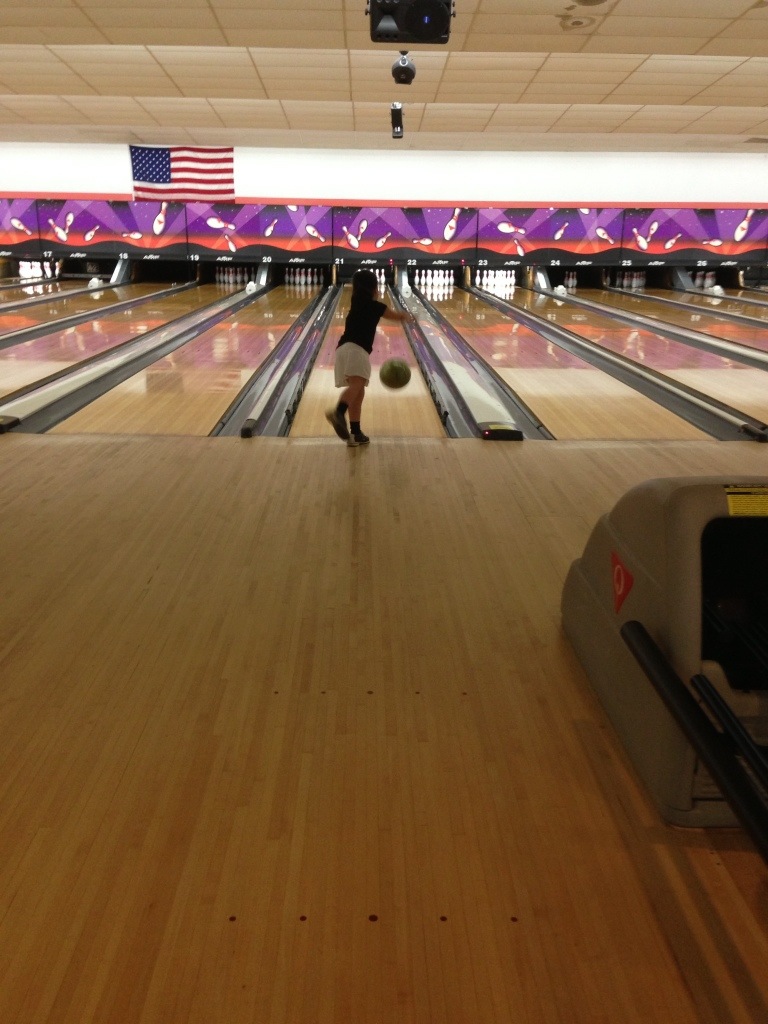EdNews Colorado has this piece up today reporting on the results of the pilot of Colorado’s new teacher evaluation system. For those outside the state, CO’s legislature passed Senate Bill 10-191 which structured evaluations around professional practices for 50% and the other half based on student scores.
We could go ’round and ’round on the weight of scores. (And, I’m happy to do that.) What struck me about the article was a tone I’m sure we’ll be seeing as this new initiative and others like it across the country come online.
“More than nine out of 10 of Colorado teachers evaluated during a pilot test of the state’s educator effectiveness were rated proficient or higher on the system’s five-step rating scale,” the reporter Todd Engdahl writes.
What follows is a general tone of incredulity that this could be true. It includes a not so subtle subtext of “surely more of our teachers have to be crappier than that.”
This is worrisome.
Statistically, it’s perhaps improbable that the pilot study is fine-tuned enough to determine what the final product will show.
This, though, is more a conversation of expectations. We should be expecting our teachers to be proficient. We should expect their professional practices to show our teachers are qualified to be working with our children.
Each time we imply differently, we do harm to education. We lower the status of teaching. We send a message of lowered expectations to teachers in the classroom. And, we say to those considering becoming teachers that the bar is low and they probably couldn’t do any worse than what is expected of those already in the classroom.
Such a tone also keeps the focus on the wrong elements of the work of our schools. Instead of altering assessment so that it “reveals” more teachers to lack proficiency in their practices, perhaps we could agree that the majority of teachers have the proficiency we should expect and start looking to other factors – health care, poverty, hunger – as contributing to lower-than-hoped-for student achievement.
I’m not surprised by findings that show teachers to be capable of doing their jobs. Sadly, I’m not surprised by those who are dedicated to believing the opposite to be true.


